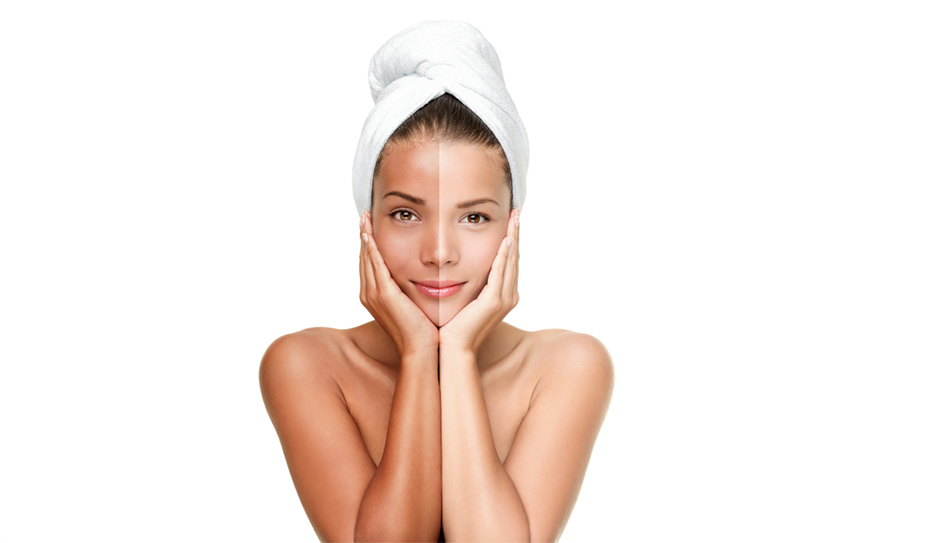Tan Removal Treatment

Services

Understanding Skin Tanning
Skin tanning occurs when your skin darkens due to prolonged exposure to UV radiation from the sun or artificial sources like tanning beds. This happens as a natural defense mechanism, where the skin produces more melanin, the pigment responsible for skin color, to protect itself from UV damage. While melanin offers some level of protection against sunburn, excessive tanning can lead to uneven pigmentation, premature aging, and other skin issues.
What Causes Tanning?
Tanning results from the interaction between ultraviolet rays and skin cells:
- UVA Rays: Penetrate deep into the dermis, stimulating melanocytes to produce melanin. This leads to the characteristic tan.
- UVB Rays: Damage the outer skin layer (epidermis), causing redness and sunburn.
Skin tone influences how your skin reacts to UV exposure. On the Fitzpatrick Scale, Indian skin (types 4–6) has higher melanin levels, making it prone to tanning while being less susceptible to sunburn. However, repeated exposure without protection can still result in long-term damage.
Signs of Tanning
- Uneven skin tone and pigmentation.
- Patches of darker skin compared to your natural complexion.
- Dull and dehydrated skin due to an accumulation of dead skin cells.
If you notice these signs, it may be time to seek professional tan removal solutions.
Preventing and Managing Tanning
While it’s impossible to completely avoid UV damage, consistent prevention and proper care can minimize its effects:
1. Use of Sunscreen
- Opt for a broad-spectrum sunscreen with SPF 30 or higher, which protects against both UVA and UVB rays.
- Apply 15–30 minutes before sun exposure and reapply every 2 hours, especially after swimming or sweating.
2. Protective Measures
- Wear hats, sunglasses, and protective clothing to shield exposed skin.
- Use umbrellas or scarves during peak sun hours.
3. Timing Sun Exposure
- Avoid stepping out between 10 a.m. and 4 p.m., when UV radiation is strongest.
4. Skincare Routine
- Regular exfoliation to remove dead skin cells.
- Incorporate hydrating serums and moisturizers to repair sun-damaged skin.
5. Professional Guidance
Avoid relying on unverified home remedies, as they may aggravate the condition. Instead, trust skin specialists for evidence-based solutions.
Effective Treatments for Tan Removal
Tanning not only darkens your skin but also disrupts its texture and natural glow. Professional treatments can effectively target melanin build-up and restore your skin’s health:
1. Chemical Peels
Chemical exfoliation removes the top layer of damaged skin, reducing pigmentation and brightening the complexion.
2. Microdermabrasion
A minimally invasive procedure that exfoliates the outer skin layer to enhance texture and remove tan.
3. Laser Therapy
Advanced laser treatments break down melanin deposits while stimulating collagen production for even-toned, rejuvenated skin.
4. Mesotherapy
Micronutrient injections promote skin repair, hydration, and a radiant appearance.
5. De-Tan Treatments
Targeted treatments that combine professional-grade masks, serums, and exfoliation to reduce pigmentation and brighten skin.
6. PRP (Platelet-Rich Plasma)
This uses your body’s plasma to repair and rejuvenate skin cells, effectively reducing tan and improving overall skin quality.
Rediscover Your Skin’s Natural Radiance
Tanning can dull your complexion and impact your skin’s health over time. Whether you’re looking for quick results or a sustainable skincare routine, we’re here to help you restore your skin’s natural glow.

